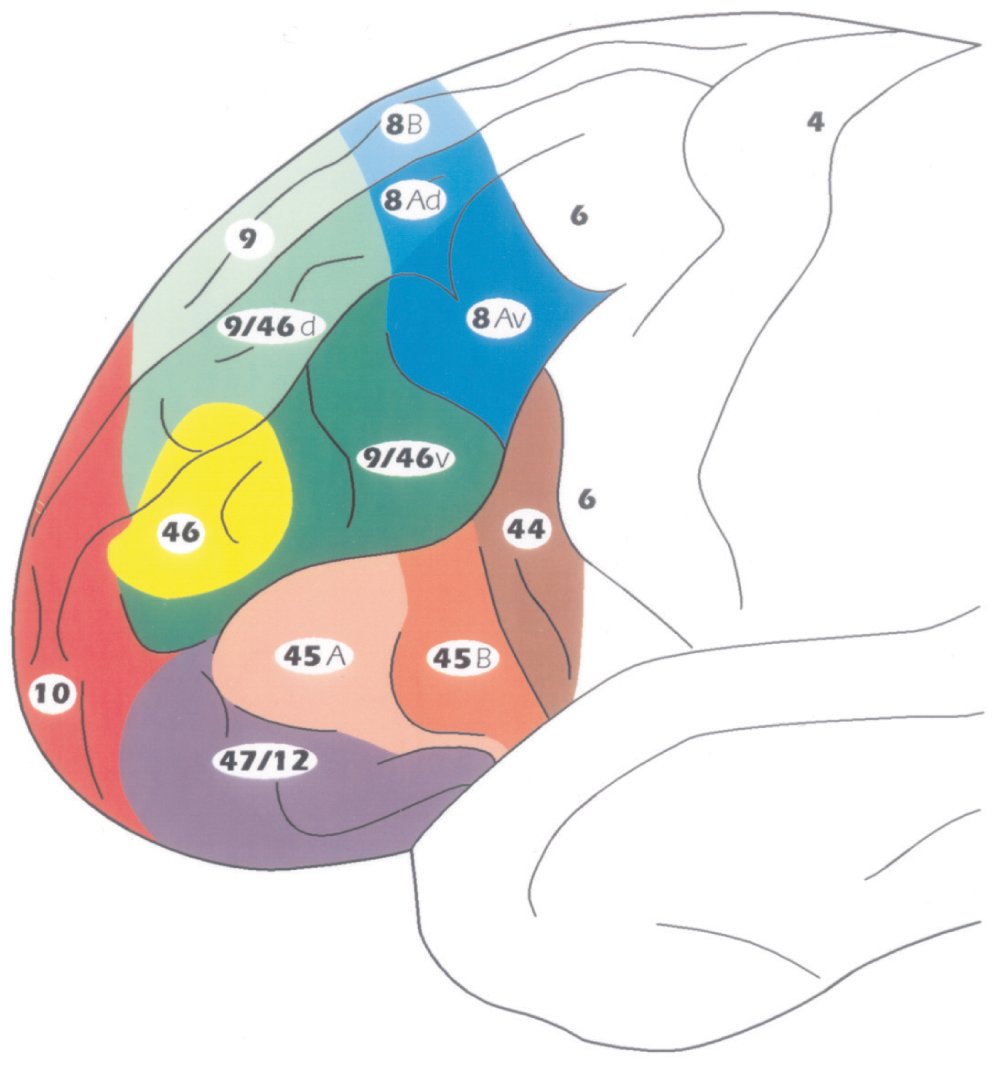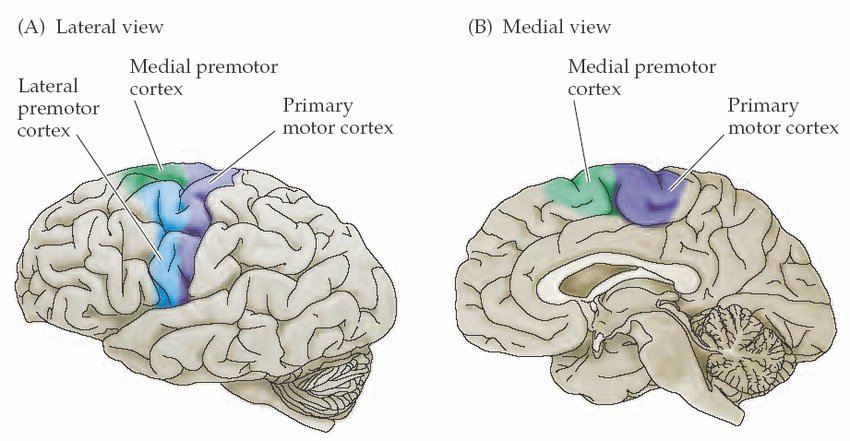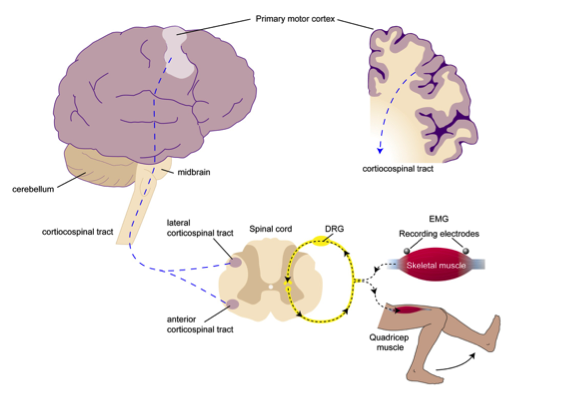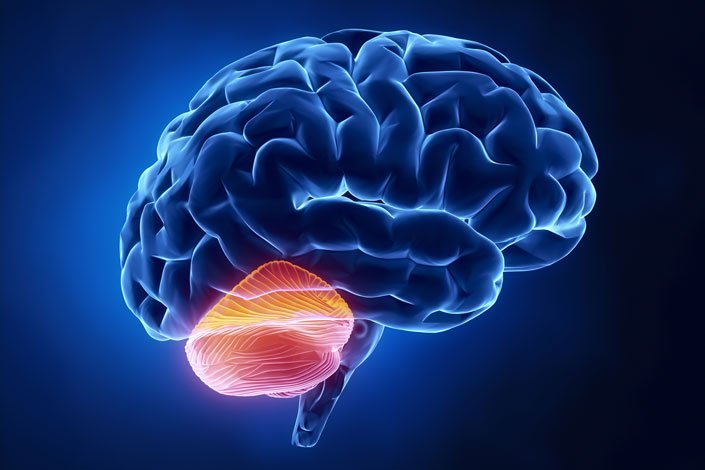So let’s take a moment to consider all the process that go into solving the “simple” problem of swinging at a baseball. 3/25
flickr.com/photos/nationa… 4/25
5/25
6/25
upload.wikimedia.org/wikipedia/comm… 7/25
upload.wikimedia.org/wikipedia/comm… 9/25

frontiersin.org/files/Articles… 15/25


21/25
So how does the brain know when its predictions are accurate?
The cerebellum.
22/25

All of these computations have to happen in less than ½ a second (or just slightly longer than it takes to blink your eye).
Still think action decisions are simple? 25/25










